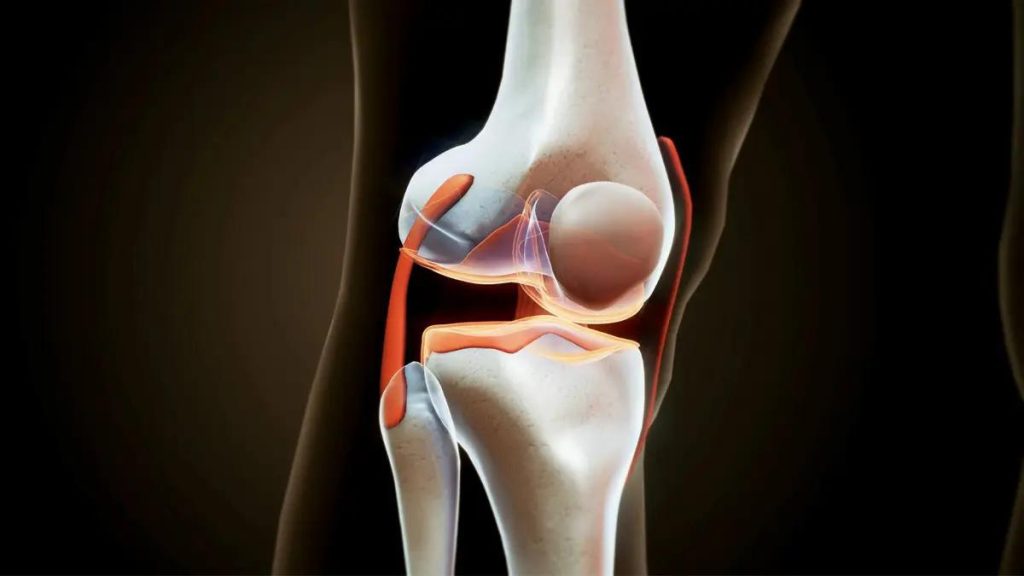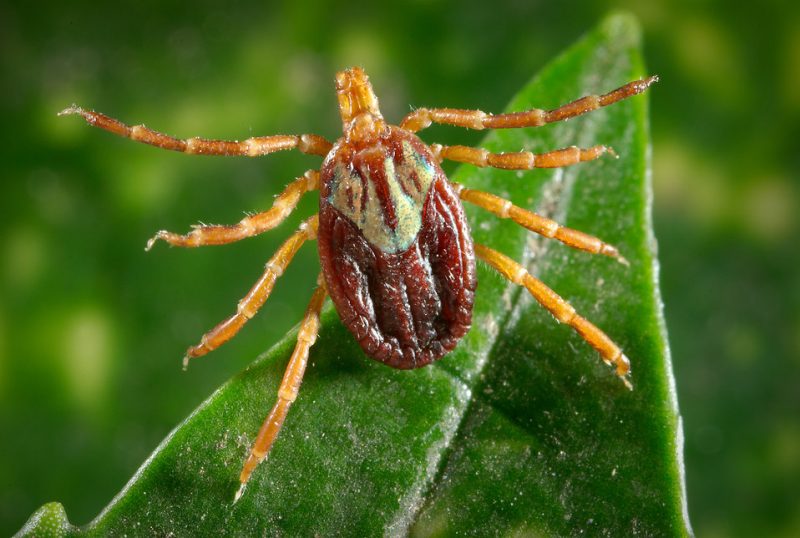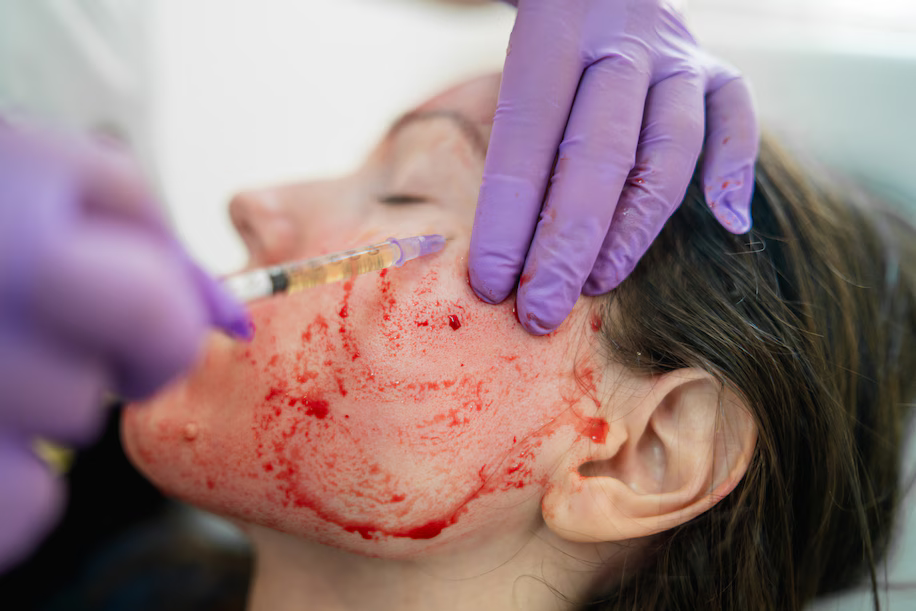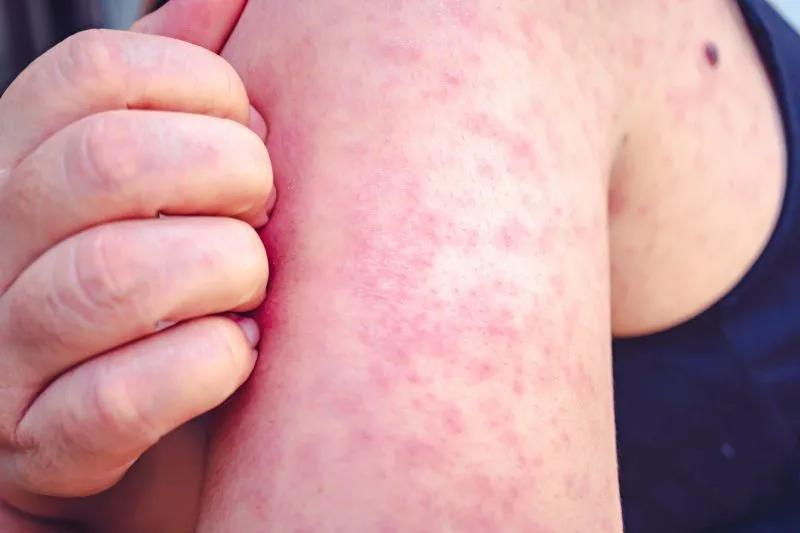Infant Immunization Week: Health Experts Warning
About a third of Minnesotans younger than 2 years old are not up to date on their recommended vaccines, according to the Minnesota Department of Health (MDH). The agency is raising awareness about this decline during Infant Immunization Week: Health Experts Warns. The Importance of Vaccination “We do know the more people that are vaccinated, the less likely we are to see spread of vaccine-preventable diseases,” said Jessica Hancock-Allen, the division director of infectious disease for MDH. The number of infants up to date on their recommended vaccines has dropped from about 69% in 2019 to 63% in 2023, according to MDH. “During COVID-19, for a multitude of different reasons, lots of folks fell behind on their primary care visits,” Hancock-Allen said. “There [also] continues to be some concerns around vaccines and vaccine hesitancy, and then just the truth is parents of kids, especially of young kids, are very busy.” The decline is happening as serious illnesses circulate, leaving infants vulnerable. On Thursday, Minnetonka High School alerted families about multiple vaccinated students in the high school community with pertussis, also known as whooping cough. The Health Department is also concerned about measles. Minnesota has seen three cases this year among children 6 years old and younger who were unvaccinated. State data shows only about 88% of kindergartners were fully vaccinated against measles during the 2022 to 2023 school year, well below the 95% needed for herd immunity. Dr. Gigi Chawla, the chief of general pediatrics for Children’s Minnesota, emphasized the importance of the measles-mumps-rubella (MMR) vaccine, which provides about 99% protection with two doses. “We’re at a point where the community rates of MMR vaccination are low enough where it doesn’t offer enough protection as we would like for kids under the age of one or for those who can’t get vaccinated,” said Dr. Chawla. “Because measles spreads so quickly it will seek out whoever is vulnerable,” said Lynn Bahta, an immunization clinical consultant for MDH. Bahta recommends families speak to their doctor about getting the vaccine early if they are traveling overseas with an infant who is six to 11 months old. Children’s Minnesota offers same-day and walk-in appointments at its nine primary care clinics. Hennepin County also offers free walk-in immunization clinics for infants through 18 years old. Infant Immunization Week serves as a crucial reminder of the importance of vaccination. Health experts stress the need for parents to keep their children up to date on their vaccines to protect against serious diseases and help maintain community immunity levels. It’s essential to consult with healthcare providers to address any concerns and ensure timely vaccination. Tags: Infant Immunization Week, vaccination rates, childhood immunization, vaccine-preventable diseases, measles outbreak, pertussis outbreak, herd immunity, MMR vaccine, childhood vaccination, vaccine hesitancy
Infant Immunization Week: Health Experts Warning Read More »












